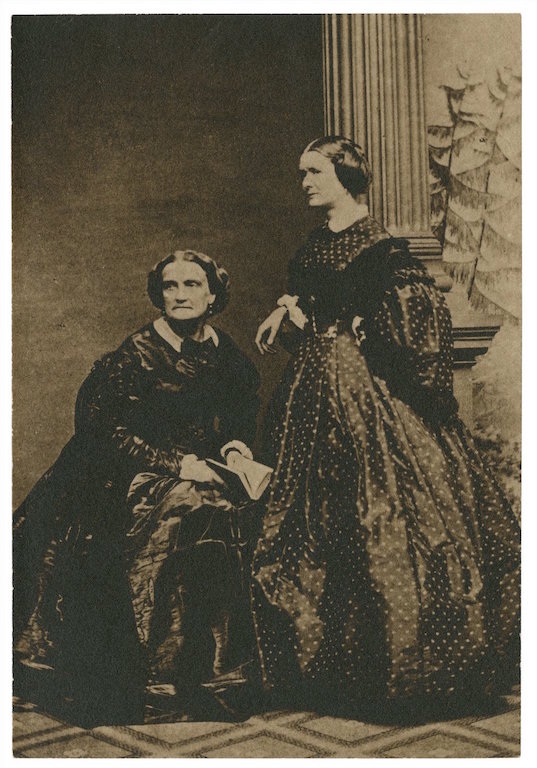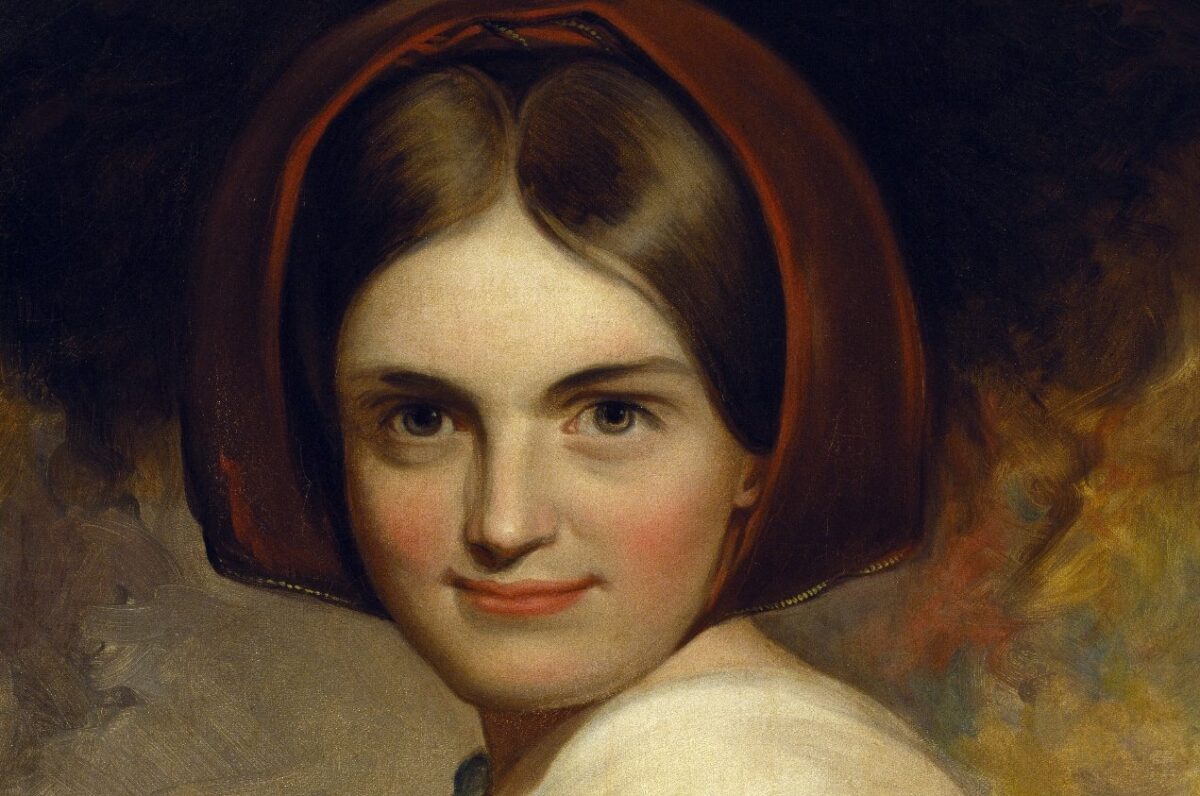Without moving images or sound recordings to guide us, it can be hard to imagine the lives and careers of famous theater actors from the 19th century.
And yet the American theater produced a list of wildly famous performers whose names were repeated in households that often had no possibility of ever seeing a major play. The press could build upon an actor’s natural charisma and talent, turning leading ladies into modern goddesses.
One such star was Charlotte Cushman, a theatrical chameleon who achieved international fame playing men’s roles and breaking just about every other convention in the book.
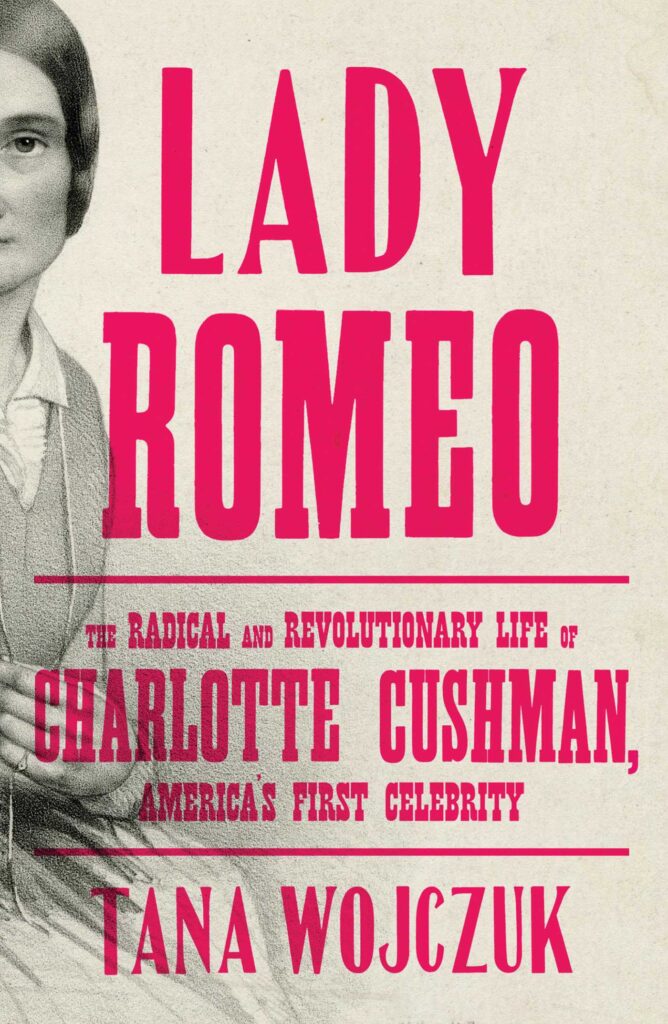
LADY ROMEO
The Radical and Revolutionary Life of Charlotte Cushman, America’s First Celebrity
by Tana Wojczuk
Simon & Schuster
The charming biography Lady Romeo has by circumstance become a truly fantastical read, more so than author Tana Wojczuk probably intended.
Not only is Cushman’s life fascinating and almost unbelievable, but nostalgia for the theater itself in 2020 has become romanticized. Imagining anybody on stage performing Shakespeare gave me a thrill!
Cushman reigned during the mid 19th century as America’s most famous actress, specializing in playing roles written for both women and men.
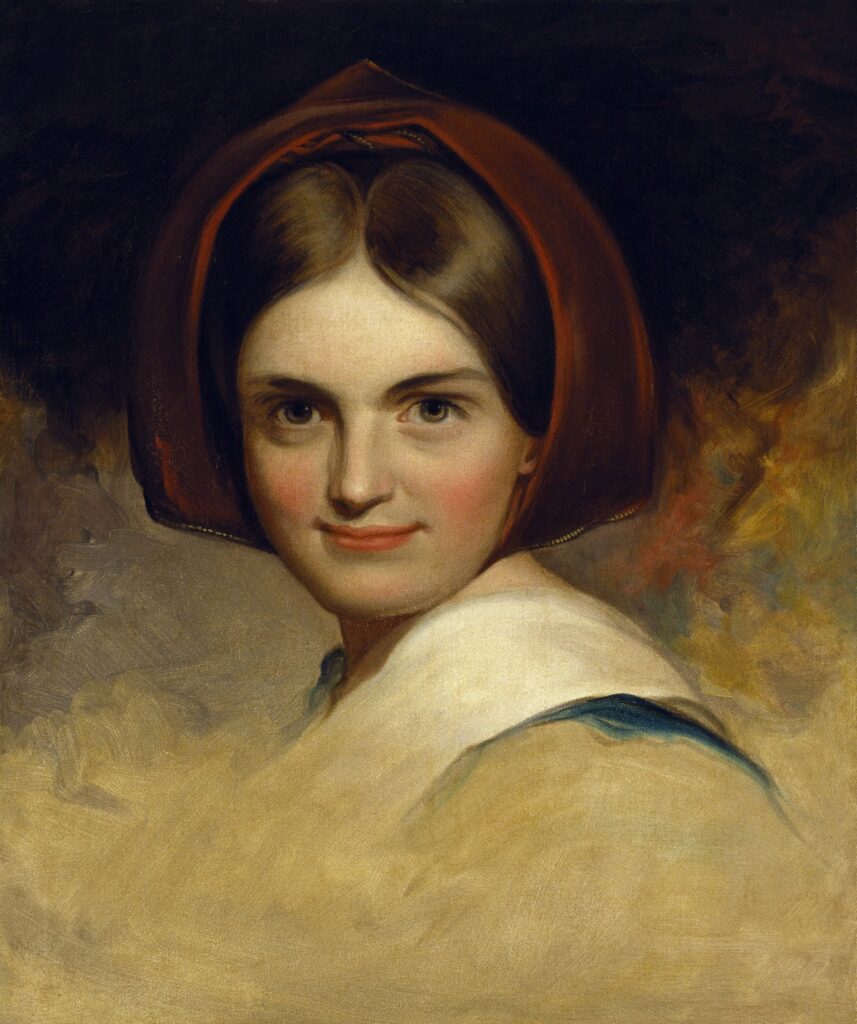
Her versatility and transformative ability — it was truly 19th century ‘method acting’ — were displayed on the New York stage by the mid 1830s, and even early on she was not afraid to challenge the status quo.
She soon commanded the attentions of the New York theater world — even on stages such as the Bowery Theatre with its ample prurient distractions — and in Lady Romeo, her bold ingenuity leaps off the page.
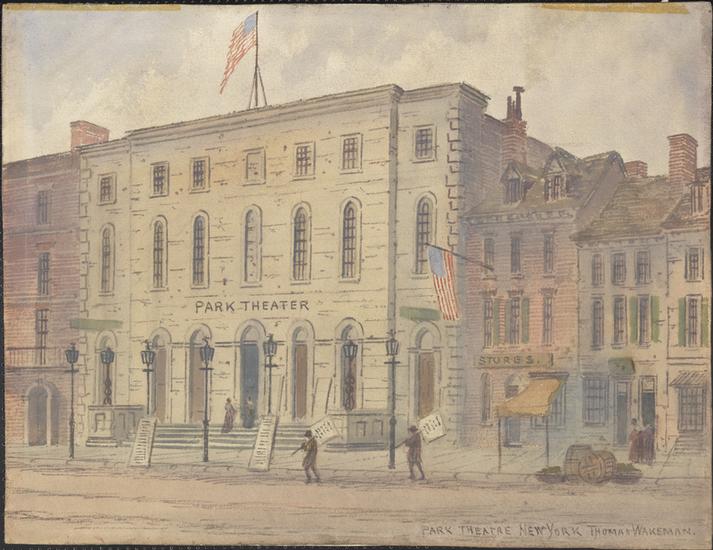
At a performance of Guy Mannering at the lofty Park Theatre on Park Row, Cushman stepped into a starring role interpreted as a young woman.
Charlotte thought differently; she surprised both cast and audience when she emerged as an old crone; her “face was deeply carved with dry creek beds of wrinkles, her dark hair, parted in the middle, escaping in uncombed tangles down her back.”
Cushman was not a traditional beauty, nor was she uniquely connected or wealthy enough to take such early risks in her career. But she let nothing stop her bold ambition for reinventing theater.
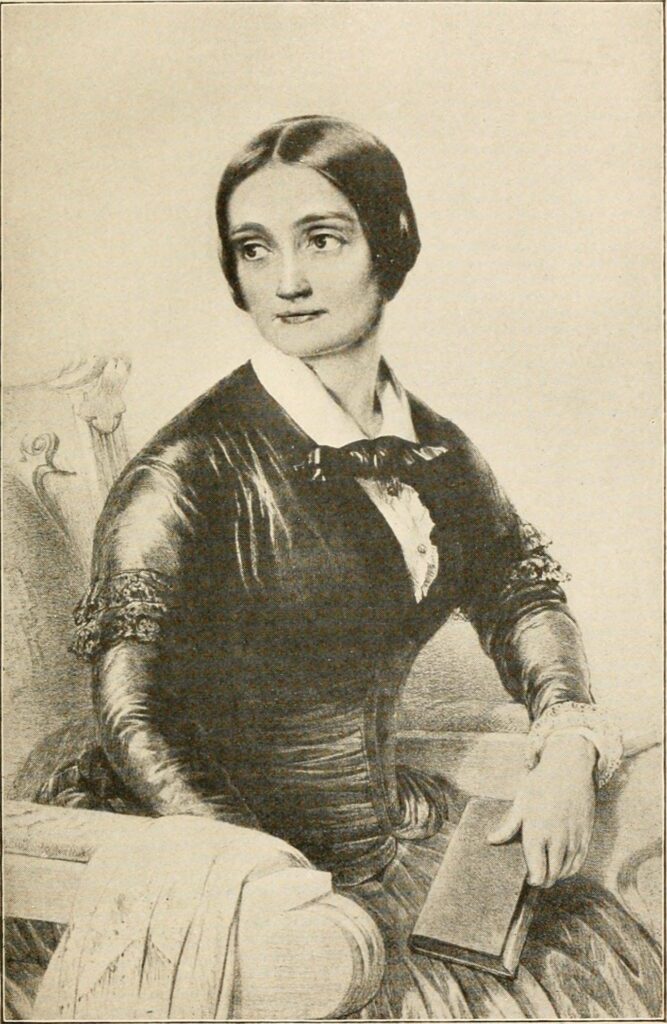
For instance, in 1839, Cushman was given the role of Nancy in Oliver Twist. Playing a prostitute was a risky part. Wojczuk writes, “[A]ctresses already had to fight against the stereotype that they were essentially prostitutes themselves.”
Cushman leaned into the controversy. She visited the neighborhood of Five Points to research the part and even exchanged her clothes with those of a dying prostitute. “She gave up her simple but well-made silk dress and put on the women’s rags. These would be Nancy’s clothes.”
She soon became the American queen of Shakespeare; President Abraham Lincoln was a huge fan, enrapt with her portrayal of Lady McBeth.
Her fame and command of the stage allowed her to live a surprisingly more open life with many female companions over her life. Cushman steps vividly from the pages of Lady Romeo like a superstar who would fit perfectly into the 21st century.
